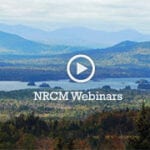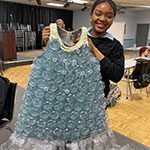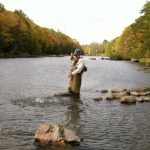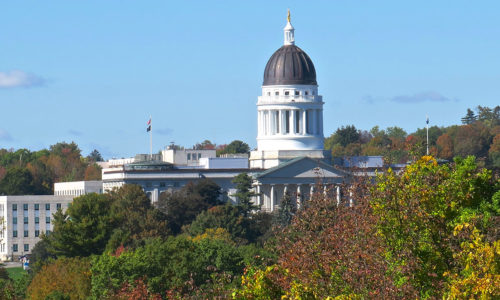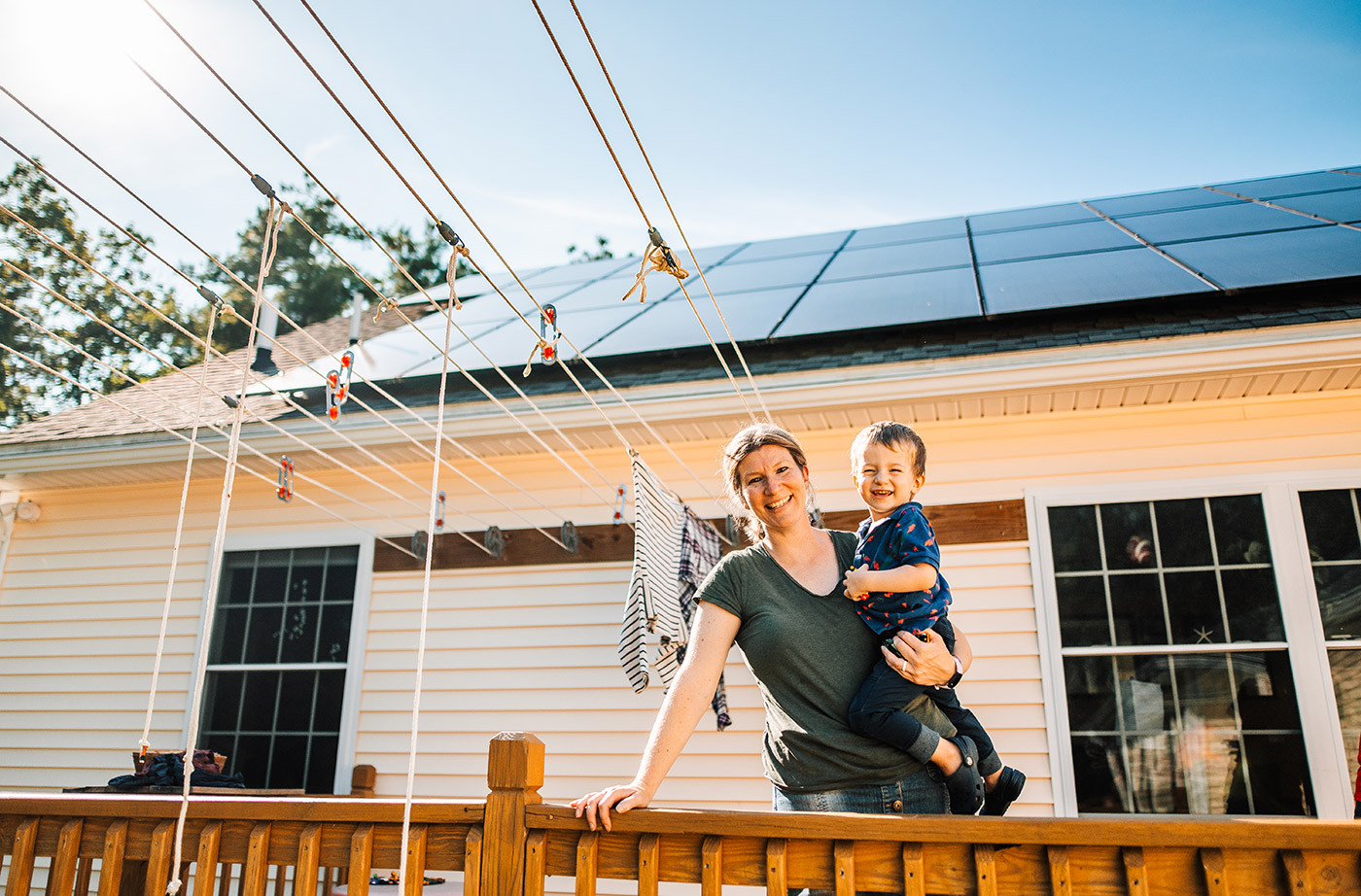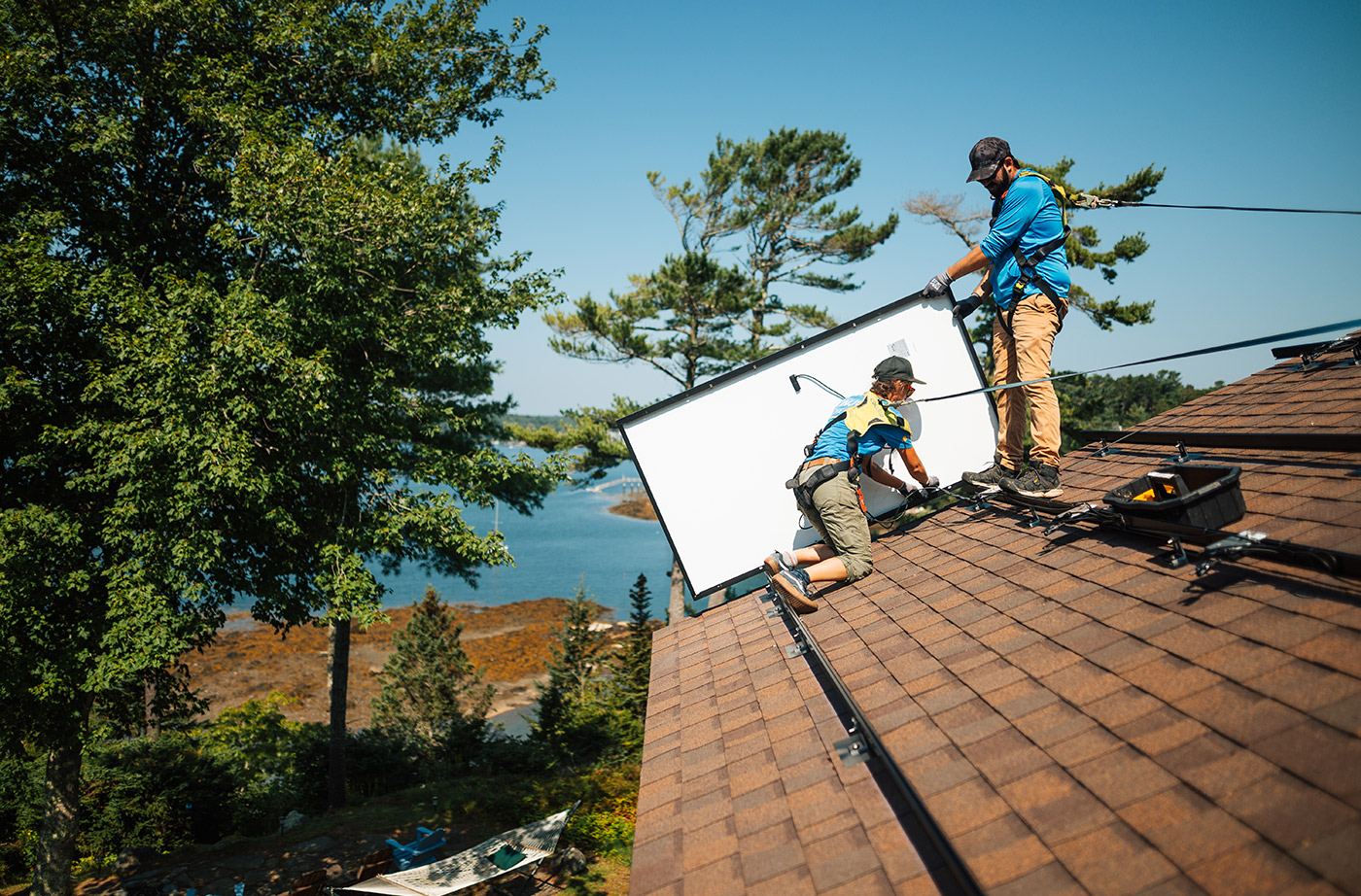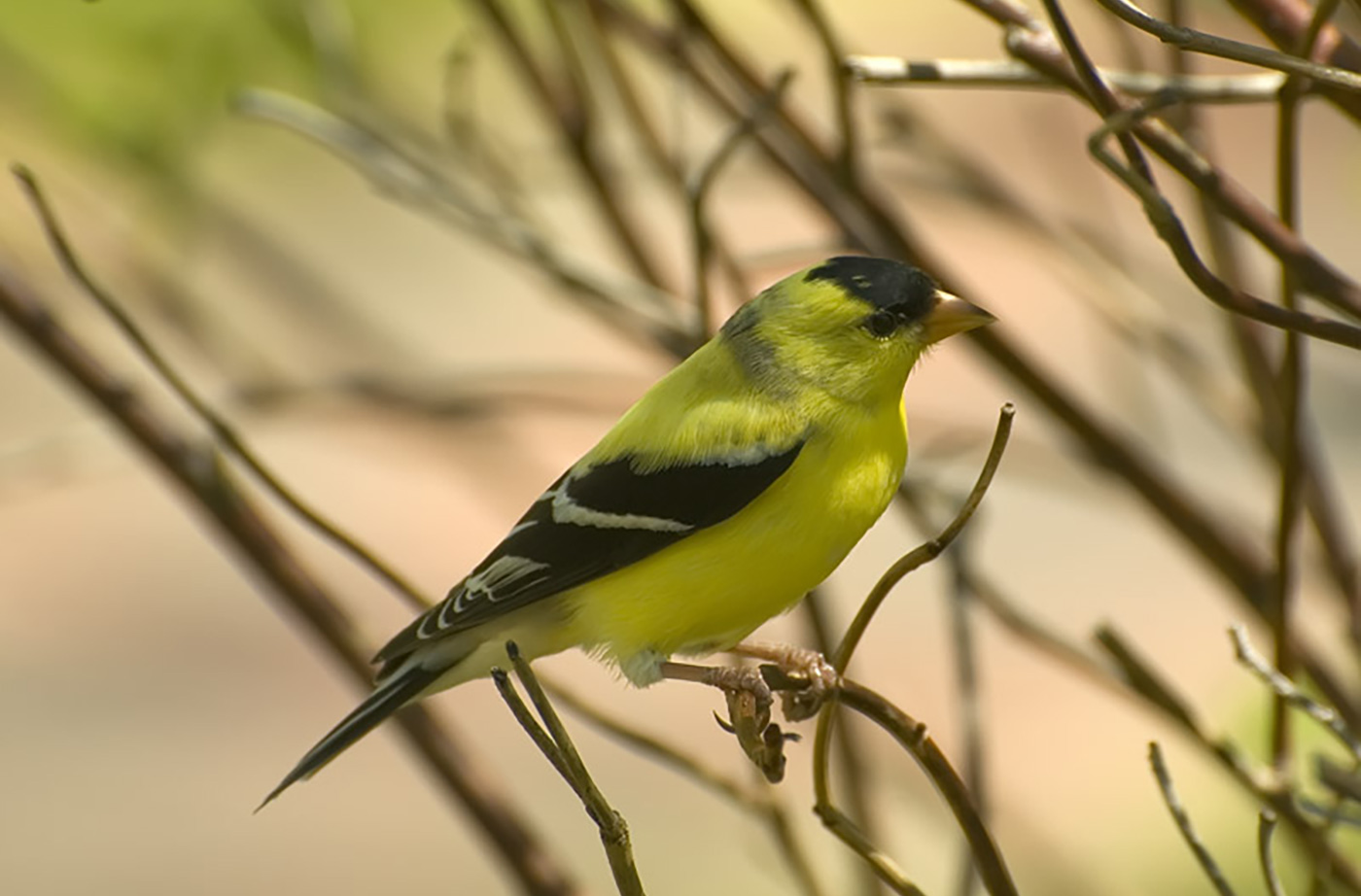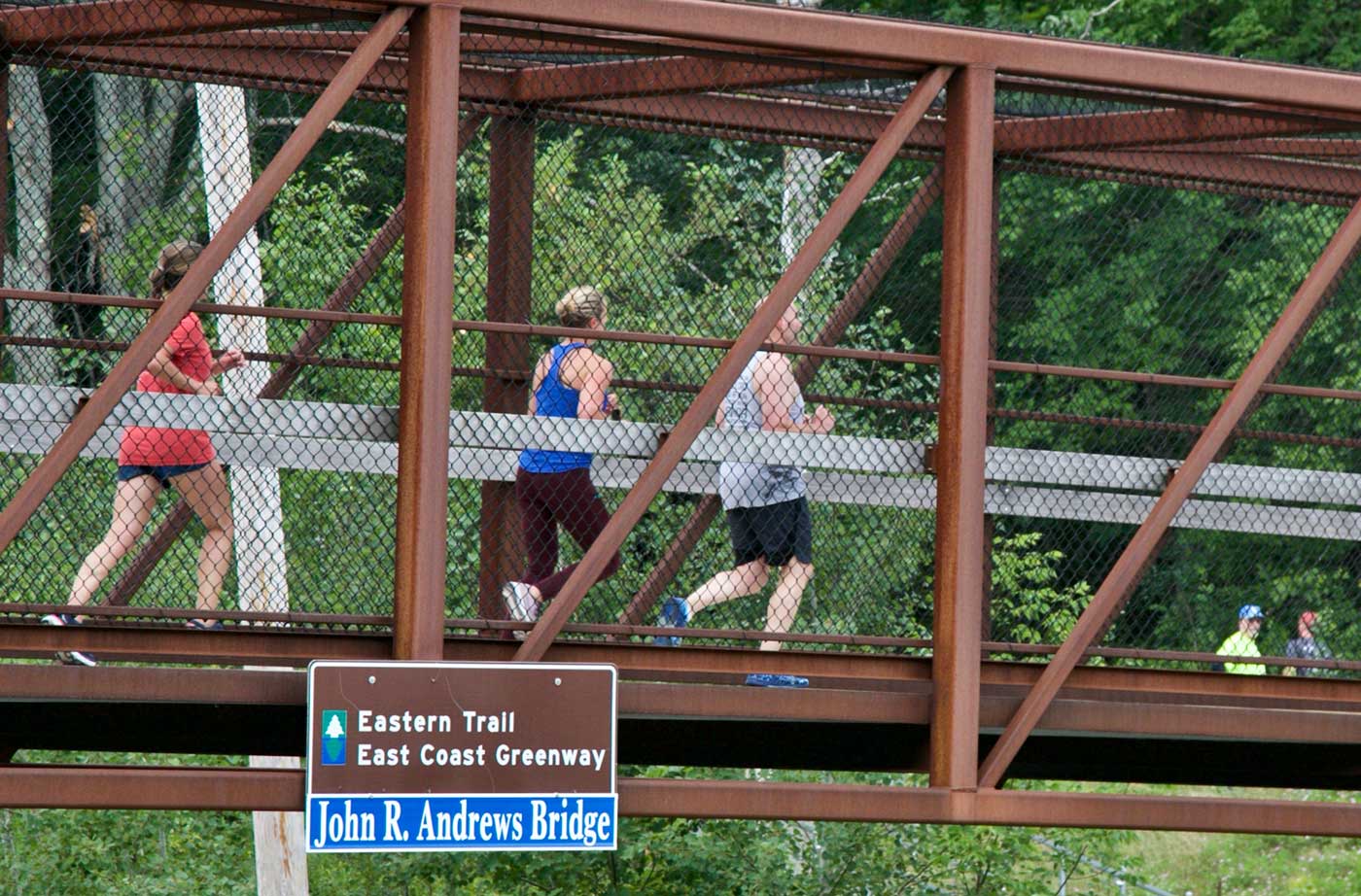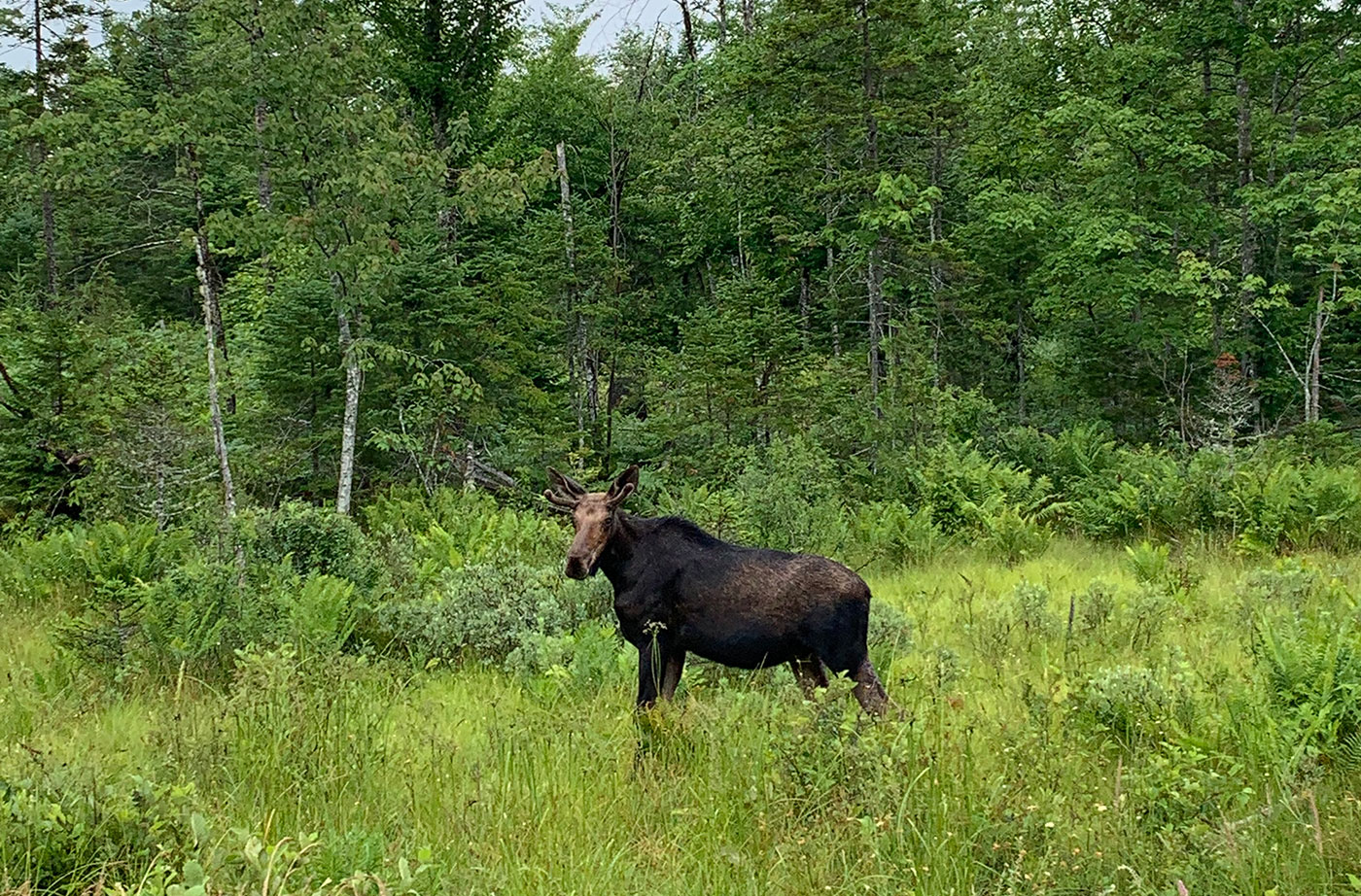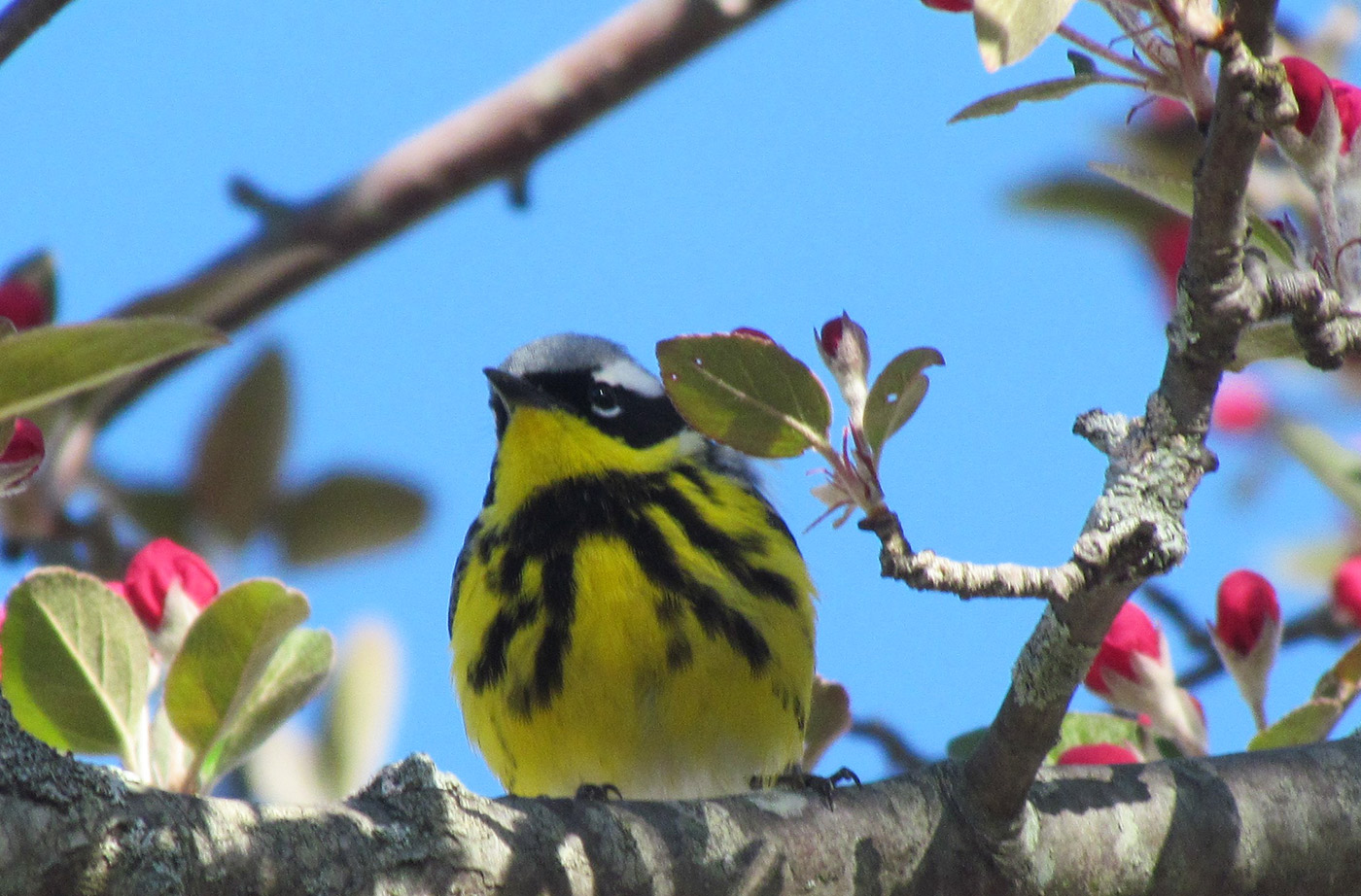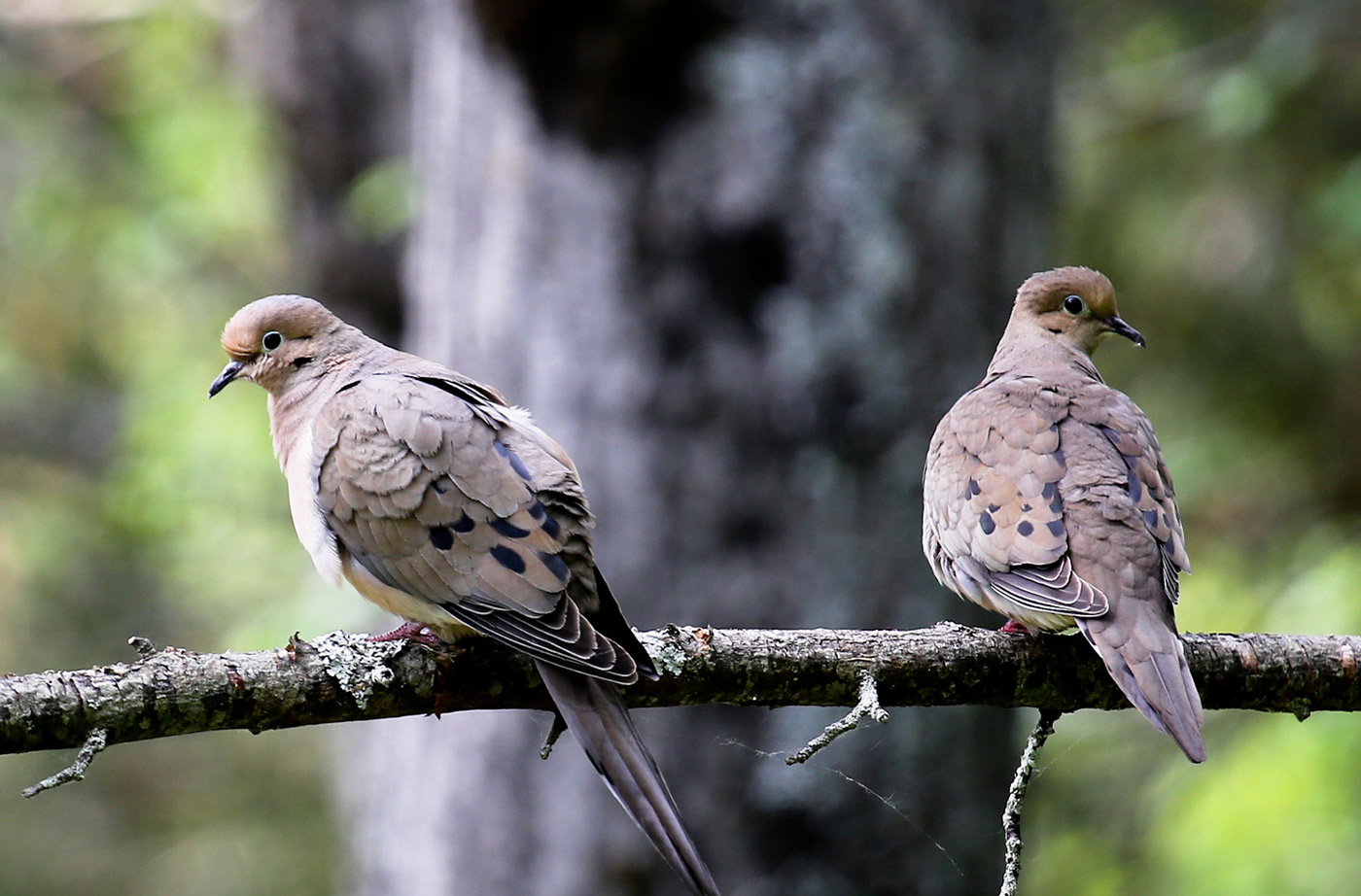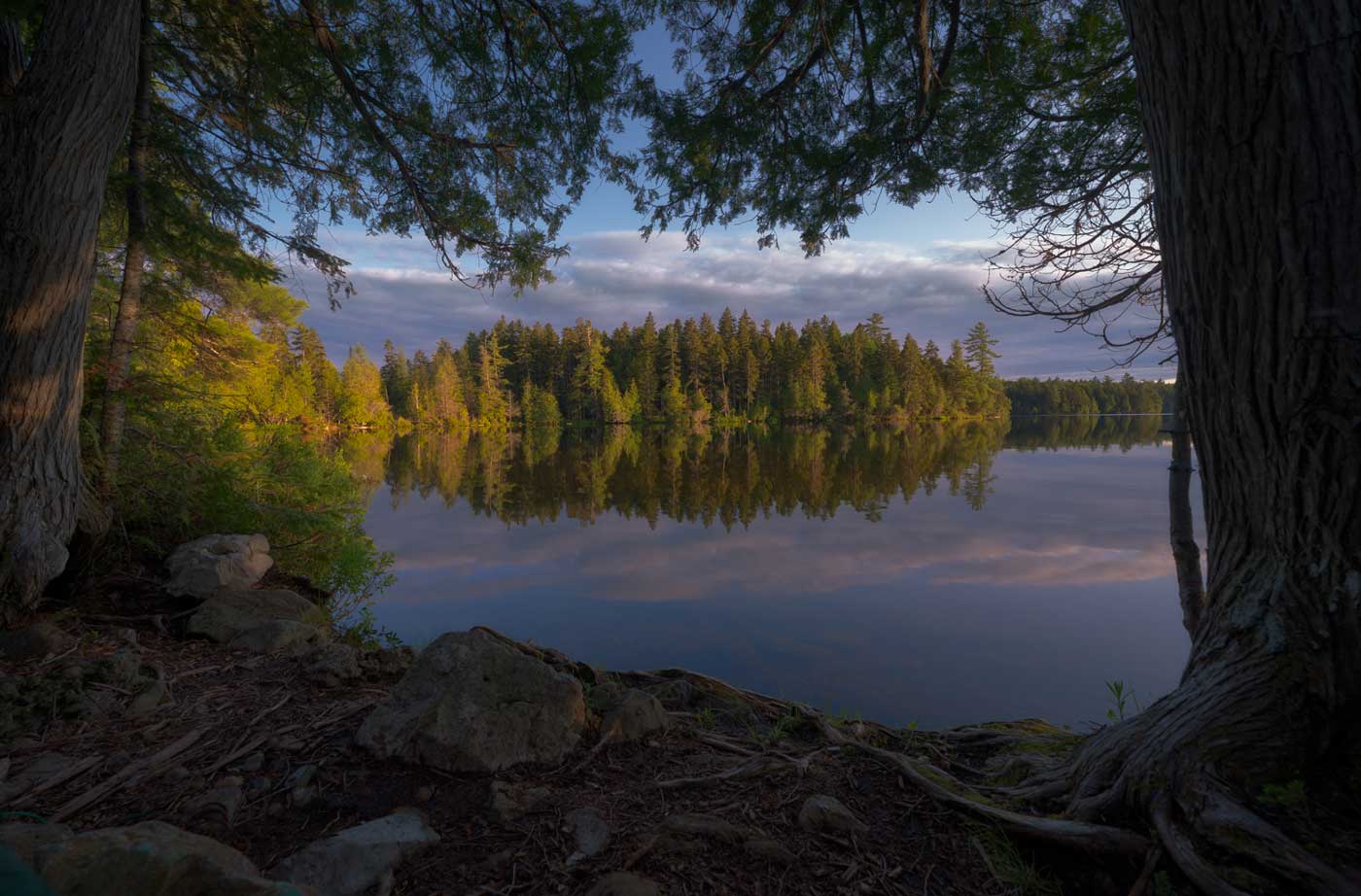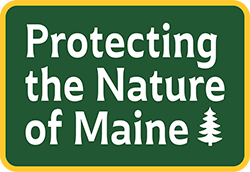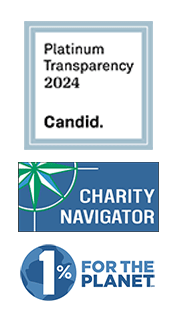The 132nd session of the Maine Legislature produced some big wins for clean energy and conservation but attempts by powerful interests to undermine progress remain. Here’s our detailed assessment of the wins and losses for Maine’s environment. Among the most significant victories include a new law that sets a goal of 100% clean, affordable, and Read More
Nature of Maine Blog
The Natural Resources Council of Maine’s “Nature of Maine” blog gives you the inside scoop on some of the latest issues facing Maine’s environment. From environmental news to threats to opportunities, NRCM is on the frontlines of the latest goings-on—and we’re often leading the charge on efforts to protect Maine’s precious lands, air, waters, and wildlife. Read what NRCM staff members have to say and get the perspective of some of our members and supporters who have been guest contributors.
Perhaps you have an issue you’d like to write about. Maybe you’re an expert on a particular topic and are inspired to share your expertise. Maybe you’ve recently made a visit to a spectacular Maine nature preserve or other natural area and would like to write about it (captioned photos welcome!). For submission guidelines, email nrcm@nrcm.org.
Rooftop Solar Keeps the Lights On and Costs Down During Heat Waves
June 24, 2025, was the hottest day in a record-breaking heat wave that swept New England and pushed demand on our regional power grid to near-record highs. It’s exactly during heat waves like this, when demand for electricity surges due to air conditioning, that the capacity of our electricity system is strained to its Read More
Update: Pressure Rises in Maine to Oppose Cutbacks in Reconciliation Bill
The U.S. Senate is expected to vote soon on the reconciliation budget bill that would increase the national debt by trillions and give billionaires tax breaks while increasing costs for working families. Pressure is ramping up on Senator Susan Collins to oppose the most drastic environmental rollbacks in the bill and join her Republican colleagues Read More
Potato Chip Birds: Five Cool and Surprising Facts
Actually, if you don’t know which bird the “potato chip bird” is, then consider the subtitle “Six Surprising Facts.” And if you didn’t know that the potato chip bird, unlike most songbird species, form flocks in the non-breeding season, knock that cool factoid count up to seven. Never mind, let’s just jump in. You Read More
Key Early Steps for the Maine Trail Program
This update original appeared on the Maine Trails Coalition website. Visit mainetrailscoalition.org to learn more. Getting Trail-Ready: Key Early Steps for the Maine Trails Program Grant If you’re thinking about applying for the Maine Trails Program (MTP) grant, now’s the time to lay the groundwork. The most successful applicants start early—and start smart. Whether you’re Read More
Here’s How the Reconciliation Bill is Harmful to Maine
You may have heard some rumblings in the news about a “Big, Beautiful Bill” (H.R. 1) that is making its way through Congress right now, but it’s actually pretty ugly. The proposals being led by Congressional Republicans aim to make billionaires richer by slashing programs that serve working people, all while increasing the national debt Read More
Remembering the Lost Birds on a Special Day
We treasure Memorial Day as a day of remembrance of the past, holding dear those who have died while serving to protect our nation. We also think of and honor others who served in the military but were spared. It’s also a time of memorializing loved ones in general. After a number of days of Read More
Critter Chatter — A Dove from Above?
As most of our readers now know, Don Cote passed away in December following a short illness. I noted at the end of his obituary that I would write a final “Critter Chatter” column to honor Don and Carleen Cote’s six decades of caring for the literally thousands of animals that came to their home Read More
Protecting Maine’s North Woods: Explore What’s at Stake
Maine’s North Woods is one of the most iconic and wild landscapes left in the eastern United States. It’s a place of deep forests, cold rivers, and irreplaceable wildlife habitat. But unchecked development, a changing climate, and disappearing public access threaten the future of this region. To help you understand and appreciate just how special Read More



